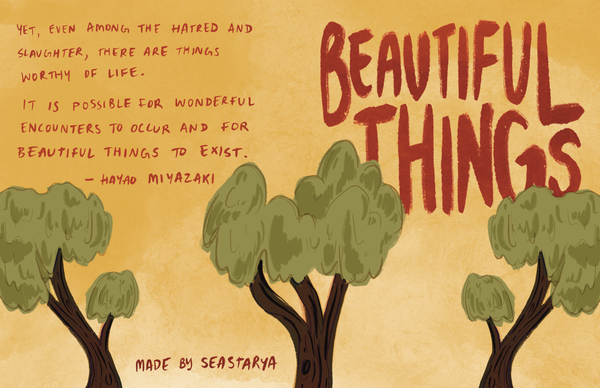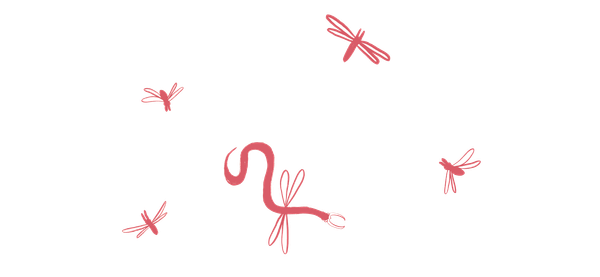explosive growth in a wall garden
ten months ago, I moved my plants to a new city

One of my plants has decided that she will grow out of her pot, climb up my wall, and begin vining her lightly wooded stems around the battery-operated string of lights that hang in a haphazard zig-zag across my ceiling. This ever-enthusiastic plant is a hoya, and she’s one of the few plants I have in my room that reaches out its vines before it sprouts any leaves.
The Hoya genus has over 500 science-documented plants, many of them originally growing in areas of Southeast Asia. As many plant subcategories do, “Hoya” brims with diversity of shape, color, texture, flowers, smell, and beyond—the round-leaved Hoya obovata with white and pink, star-shaped, flowers; the long, slim tendrils of Hoya linearis that shower down in pairs; the flat, scale-like leaves of Hoya imbricata that create protective homes for ants and form one of many plant-ant mutualisms scattered across tree canopies.
The hoya traversing my wall is Hoya pubicalyx, a fairly common nursery find that sports narrow leaves with (occasionally) gentle silvery-white patterns reminiscent of watercolor splatters. For a long while, this particular hoya stayed with me with branches extended but no new leaves. She hung from the ceiling in my last San Diego apartment, soaking up plenty of light in any given day but unsure of where the next growth spurts would take her.
Hoya pubicalyx, according to my nervous internet searches after several of her existing leaves dropped, is supposed to be one of the more rapidly growing hoya species. I had just driven her (and about twenty other plants my college self had collected over the years) several hours up the California coast to San Francisco in a car-turned-greenhouse. By the time I was moving boxes into my new apartment, I had convinced myself her branches and leaves would exist exactly as they were for the foreseeable future.
And for a while, they did. This hoya sat in a planter on my wall exactly as she was in that moment, continuing to soak up sun and rest her stems against the pushpins I strategically placed so she would, in theory, have some trellising to grow further. For a while, for at least a couple months after existing in an entirely new city in an entirely new patch of sunlight, she stayed the same.
When I sprinkled in the tiniest bit of fertilizer, though, she took off. Now, leaves are sprouting faster than I can count them. Four separate vines trail up a poster of dandelions, up a painting of jellies I created halfway through college, creeping up the frame of my window, and, of course, around these string lights. She leaps before she looks, pushing out vines that wave back and forth across the wall in search of support before leaves finally grow into places with the best patches of sunlight.
Lately, my hoya wants to be tall in a way that my San Diego apartment didn’t quite have ready for her. Right now, San Francisco understands tall. My hoya didn’t originally come from here—her origins are in tropical forests—but I guess something about the rolling fog and the close proximity of Twin Peaks overlooking a twinkling skyline makes her want to reach higher. In San Diego she was absorbing, storing, surviving, strengthening her existing leaves, but in San Francisco she’s growing faster than the what-I-thought-would-be-temporary pushpin trellises can support. I don’t ever notice the motion, but I feel like every time I glance over, she’s starting something new.



